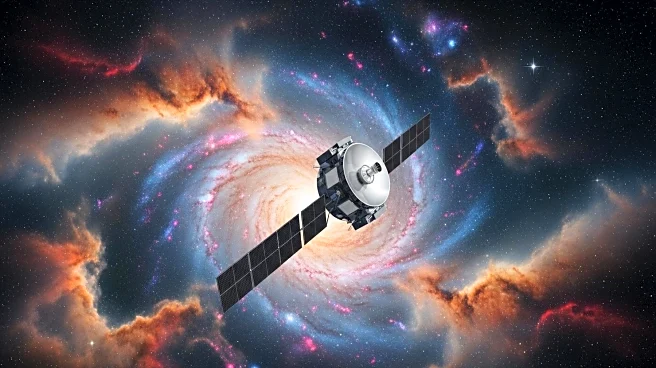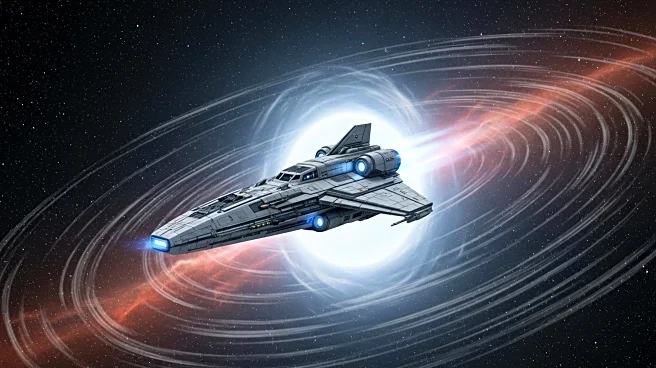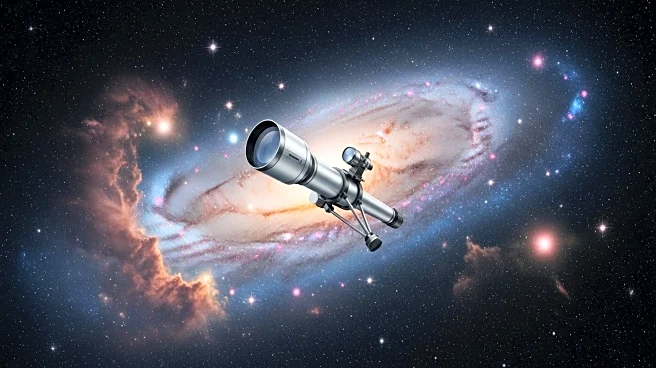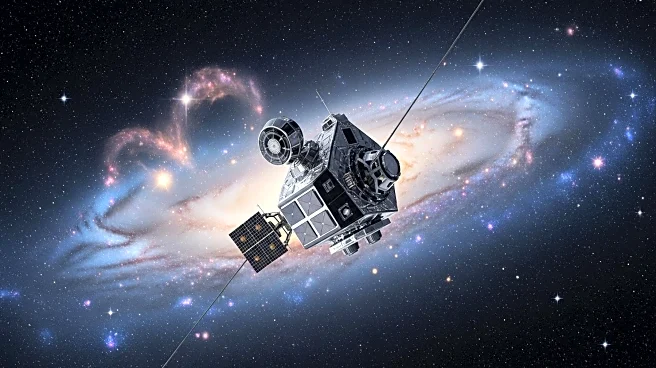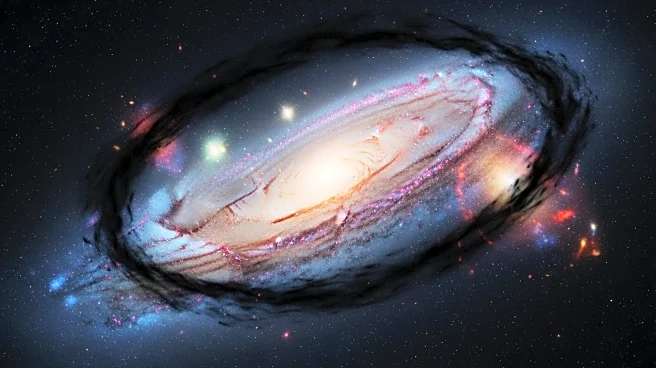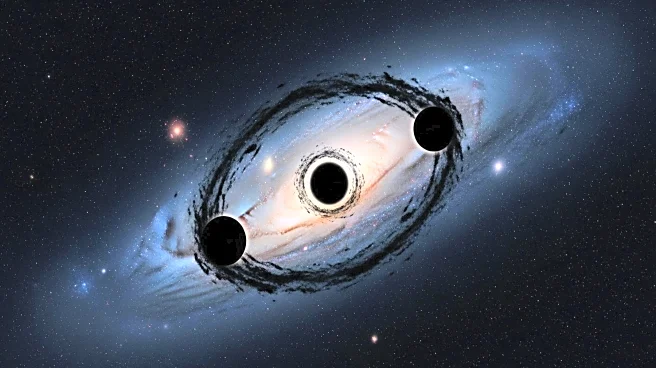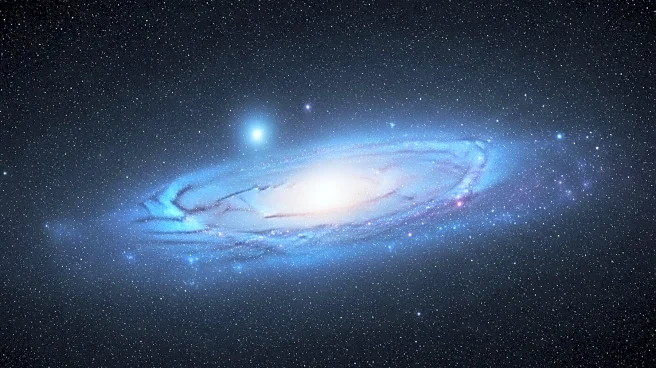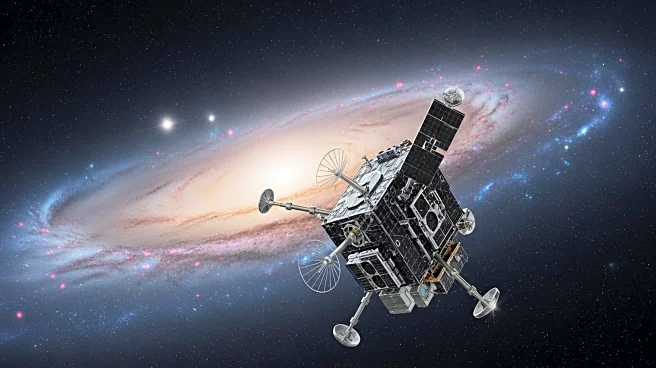What's Happening?
The XRISM spacecraft has observed powerful winds emanating from a neutron star, GX13+1, located in the Milky Way's galactic bulge. These winds differ significantly from those observed around supermassive black holes, offering new insights into the physics of accretion disks and cosmic wind dynamics. The study, led by the European Space Agency, highlights unexpected differences in wind speed and density, challenging existing theories about radiation pressure and accretion processes.
Why It's Important?
This discovery could reshape our understanding of how radiation and matter interact around neutron stars and supermassive black holes, influencing the cosmic surroundings and evolution of galaxies. The findings may guide future space telescopes, such as ESA's NewAthena, in exploring high-energy astrophysical phenomena with greater precision.
What's Next?
Researchers plan to further investigate the temperature variations between accretion disks around neutron stars and supermassive black holes to understand the differences in wind dynamics. The XRISM spacecraft's observations pave the way for more detailed studies of cosmic winds and their impact on galaxy evolution.

